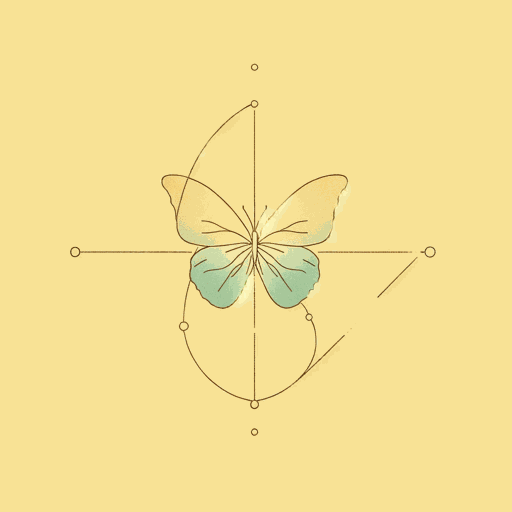53 pages • 1 hour read
James GleickChaos: Making a New Science
Nonfiction | Book | Adult | Published in 1987A modern alternative to SparkNotes and CliffsNotes, SuperSummary offers high-quality Study Guides with detailed chapter summaries and analysis of major themes, characters, and more.
Prologue-Chapter 2Chapter Summaries & Analyses
Prologue Summary
The book opens at Los Alamos National Laboratory, where the atomic bomb was created and tested by illustrious scientists including J. Robert Oppenheimer. Here, physicist Mitchell Feigenbaum began thinking about the problem of chaos. The author notes that, in addition to physicists, many other kinds of scientists—mathematicians, biologists, and chemists among them—also began to contemplate the problem of chaos in the 1960s and 1970s. By the 1980s, the field of chaos had gained a foothold within the scientific establishment.
In contrast to earlier forms of scientific inquiry, chaos sought to examine the whole rather than to break down problems into constituent parts. Thus, the field was ideal for interdisciplinary study and, according to the author, created a revolution in how science was done. Instead of looking only at theoretical models or mathematical abstractions, scientists working with chaos observed real-world phenomenon with the same interest and rigor.
Chapter 1 Summary: “The Butterfly Effect”
On an early computer, meteorologist Edward Lorenz created a weather simulation that generated interest among his colleagues, though it did not quite capture the weather as it actually behaved. Most meteorologists considered the idea of forecasting the weather akin to mere guessing rather than measurable science. Lorenz himself understood the limitations of his model.
Featured Collections
Animals in Literature
View Collection
Appearance Versus Reality
View Collection
Business & Economics
View Collection
Health & Medicine
View Collection
National Book Awards Winners & Finalists
View Collection
Order & Chaos
View Collection
Philosophy, Logic, & Ethics
View Collection
Pulitzer Prize Fiction Awardees &...
View Collection
Science & Nature
View Collection

